Taiwan’s human population is shrinking, yet habitats of rare species are still being threatened by new residential and industrial developments, as well as changes in land use and climate change.
Near Tainan High-Speed Railway Station, Shalun Smart Green Energy Science City (SSGESC, 沙崙智慧綠能科學城) has slowly been taking shape since 2018. The government argues that 531 hectares of land owned by Taiwan Sugar Corp (TSC), long used for the cultivation of pineapples, watermelons and forage grasses, should be converted into a business park to support the country’s AI, cybersecurity, high-performance computing and net-zero energy industries.
Opponents of the project, however, question whether it’s necessary to destroy this expanse of pasture, farmland and woodland — especially as it’s a crucial habitat for the eastern grass owl (Tyto longimembris). The global conservation status of this owl species is “least concern,” yet the population in Taiwan is no more than 500.
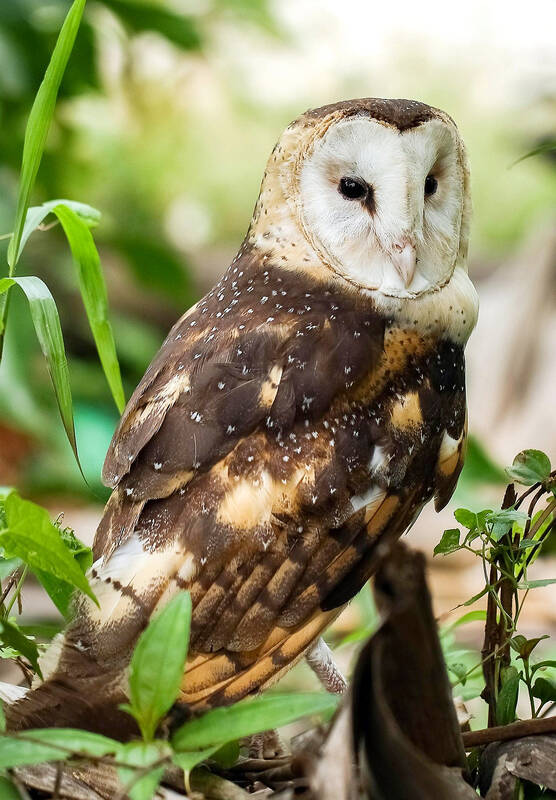
Photo courtesy of Ronny Overhate via. pixabay.com
A Sept. 25 report by the Environmental Information Center (環境資訊中心, e-info.org.tw) quoted bird enthusiasts as being highly skeptical that proposals to preserve 175 hectares of “grass, greenery and water” within the SSGESC will do much to help the owls.
One ornithologist pointed out that, in other industrial zones, so-called “ecological corridors” typically resemble parks. They’re more likely to attract birds adapted to urban environments than creatures wary of people, like owls. Furthermore, these sites are often planted with ornamental grasses, and cleared of the rodents on which owls feed. Eastern grass owls use natural grassy areas for breeding and daytime roosting, preferring to forage in watermelon fields, pastures and similar environments.
Suggestions that the zone’s detention ponds will appeal to the owls were dismissed by one expert, who said that owls sometimes appear at the edges of water bodies, but only if there are significant and contiguous grasslands nearby where they can forage and reproduce.
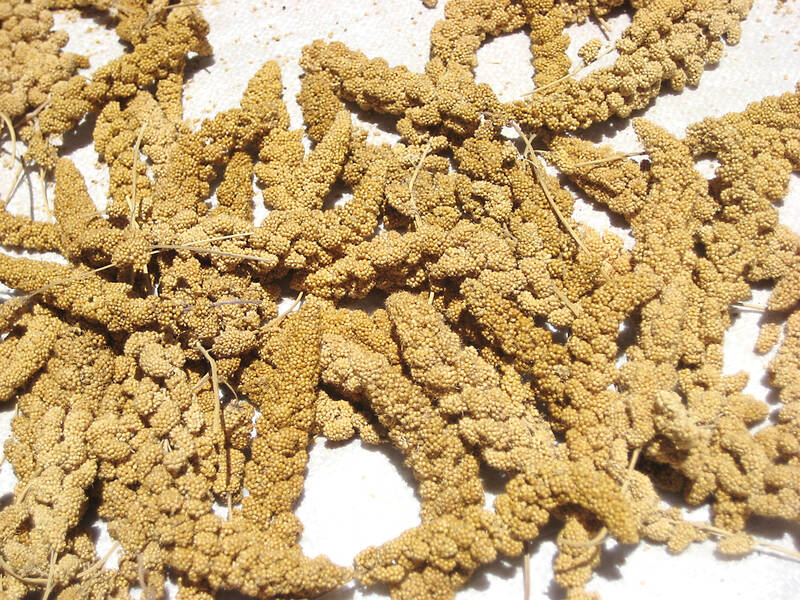
Photo: Steven Crook
Supporters of the SSGESC say it’ll generate 35,000 jobs. Even if this is an exaggeration, the roads around Shalun are sure to become much busier, making roadkill another danger for the owls.
National Science and Technology Council Minister Wu Cheng-wen’s (吳誠文) statement that “ecology will be the priority” — made on March 12 in the context of the planned expansion of Central Taiwan Science Park — has failed to win over skeptics. On social media, one commentator called it “a world-class joke.” Others said the name of the Shalun project was a classic example of greenwashing.
One notable supporter of the SSGESC is urging the authorities to reconsider aspects of their plan, to bring about “a paradigm shift for the coexistence of conservation and industry.”
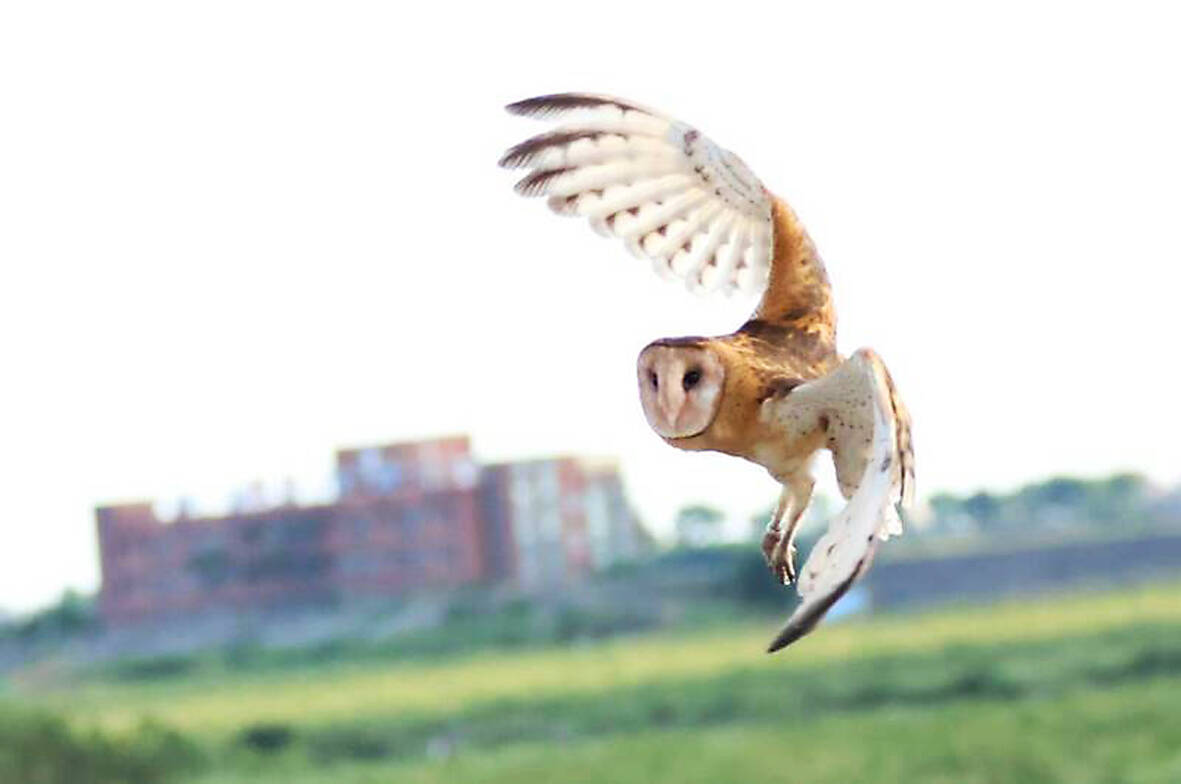
Photo courtesy of Wild Bird
In an Oct. 15 piece for Voicettank (思想坦克, voicettank.org), Lin Chien-cheng (林健正) — a retired academic and the founder of National Yang Ming Chiao Tung University’s Tainan campus — contends that current land use at Shalun is far from sustainable. The type of farming there requires a great deal of water and agrochemicals, and TSC’s swineries produce wastewater and foul odors.
How much “green space” is to be preserved isn’t as important as ensuring that plots saved from development “truly meet the ecological needs of the eastern grass owl and avoid habitat fragmentation. Therefore, the green space… should be concentrated and encompass at least 200 hectares. Of this, 30 to 50 hectares should serve as breeding areas, foraging areas and diverse habitats for the owls.”
If that can be achieved, Lin writes, the SSGESC can also function as “a platform for research, education and international exchange, absolutely becoming a national-level ecological facility.”
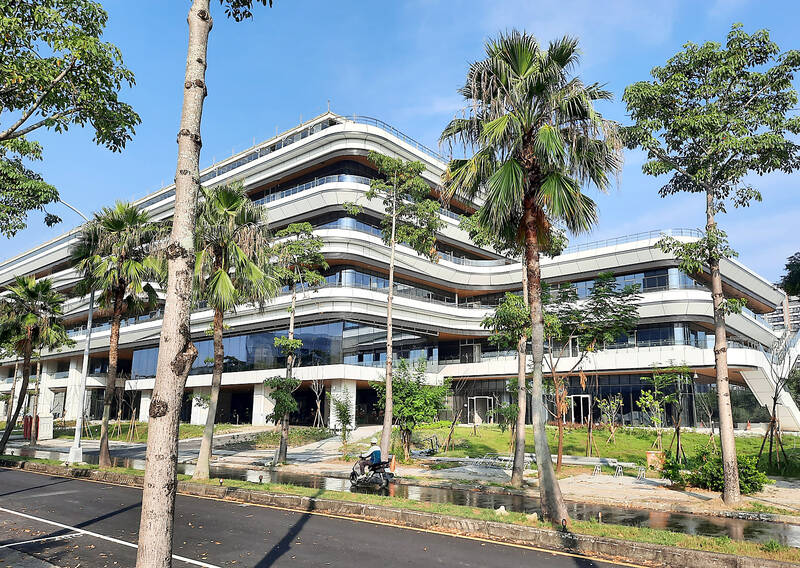
Photo: Steven Crook
THE MILLET CONNECTION
Described as “a bird more endangered than the black-faced spoonbill” by an April 21, 2014 episode of the Public Television Service (PTS) show Our Island, the russet sparrow (Passer cinnamomeus rutilans) is a seldom-seen resident of Taiwan’s mid-elevation mountains. The species’ islandwide population is likely below 2,000, and in recent decades it has retreated in the face of competition from the highly adaptable Eurasian tree sparrow (Passer montanus).
The latter seems to do better in more human-modified environments. For instance, both species are cavity nesters, using holes in trees or manmade structures such as utility poles, but the Eurasian tree sparrow appears to be more aggressive when it comes to securing the best sites.
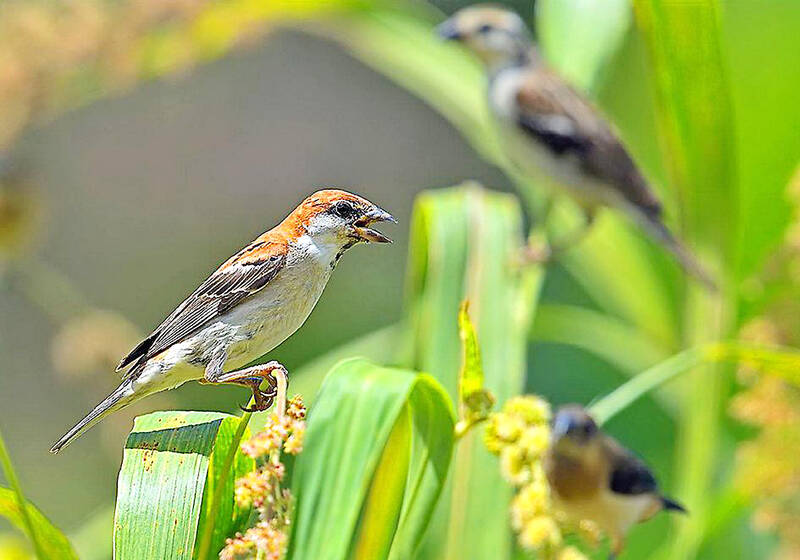
Photo courtesy of Chiayi Forest District Office via CNA
According to Greenpeace, there’s another reason for the russet sparrow’s difficulties. The NGO links the bird’s predicament with the startling decline of millet cultivation in indigenous townships like Pingtung County’s Wutai (霧臺) and Majia (瑪家).
There’s no denying that russet sparrows — along with the Eurasian tree sparrow and the white-rumped munia (Lonchura striata) — love to eat millet, so much so that, when harvest time is approaching, farmers often have to spend several hours per day guarding their fields to prevent crop losses. And when the Ministry of Agriculture’s Forestry and Nature Conservation Agency (FANCA) added the russet sparrow to its Payments for Ecosystem Services (PES) scheme in late 2023, growing millet from October to January was listed as one way farmers can qualify for a subsidy. (Not spraying certain pesticides on tea plantations and setting up nesting boxes are others; these measures “will allow the russet sparrows to breed, grow and leave their nests successfully,” according to FANCA’s Web site.)
Merely boosting millet cultivation in the mountains of Pingtung County may not do much for the bird, however. Scholars interviewed for a Feb. 20 article on WuoWuo (窩窩, wuo-wuo.com) point out that the area has no stable russet sparrow population, and there seems to be no coordination with other ecological restoration projects. As one ecologist explains, there’s much more to conserving a species than simply planting a specific crop. Before a plan can be developed, it’s essential to analyze the population’s current status and clarify both issues and goals. Once the project is underway, continuous monitoring is necessary, to determine if adjustments are required.
ANCIENT SPECIES ON A WARMING PLANET
As a species, the Formosan landlocked salmon (Oncorhynchus formosanus) may be three times older than us. The first Homo sapiens appeared between 260,000 and 350,000 years ago, while Taiwan’s only native salmon is thought to have split from the cherry salmon (Oncorhynchus masou; now found in Japan, Korea and the Russian Far East), approximately 780,000 years ago.
It’s conjectured that, following a meteor strike which caused global temperatures to fall and magnetic north to switch places with magnetic south, a combination of cooler seas and navigational confusion resulted in the fish migrating southward. (Salmon use magnetoreception, supplemented by their recollection of currents and water temperature, to find their way in the ocean.)
Later, as the sea around Taiwan grew warmer, the salmon became restricted to higher elevations. By the time researchers became aware of the species, around 1917, the fish persisted only in a few mountain creeks in the center of the island. Like all salmon, Oncorhynchus formosanus is far more vulnerable to heat than to cold. Their eggs won’t hatch in water that’s over 12 degrees Celsius, in part because cold water holds more dissolved oxygen than warm water, and this is critical for the development of eggs in streambeds. When the water temperature exceeds 17 degrees Celsius, fungal and bacterial infections are more often fatal.
Because the total population hovered around 200 for several years, Oncorhynchus formosanus has a very narrow genetic base, limiting its ability to adapt to environmental change. To block some of the sun’s heat, the authorities have planted trees along Cijiawan Creek (七家灣溪). Demolishing erosion-control dams increased flow velocity, reducing water temperatures. It’s not obvious what else can be done, so some have suggested that, instead of trying to preserve or modify the habitat, scientists work on the fish itself.
Hybridizing the Taiwanese species with Japanese masu salmon could be a way to boost its genetic diversity and resilience. But according to the preprint version of a recent paper by Taiwanese scholars (“Eco-genomic analysis uncovers precision-conservation targets for the western Pacific’s southernmost salmonid,” published online at Biorxiv, Sept. 15), such proposals are “divisive,” as insufficient data hampers proper assessment of the risks and benefits. Genetic rescue intervention has worked elsewhere — with salmon, trout and much larger creatures — and it may yet be the best and last hope for this iconic fish.
Steven Crook, the author or co-author of four books about Taiwan, has been following environmental issues since he arrived in the country in 1991. He drives a hybrid and carries his own chopsticks. The views expressed here are his own.

The Taipei Times last week reported that the rising share of seniors in the population is reshaping the nation’s housing markets. According to data from the Ministry of the Interior, about 850,000 residences were occupied by elderly people in the first quarter, including 655,000 that housed only one resident. H&B Realty chief researcher Jessica Hsu (徐佳馨), quoted in the article, said that there is rising demand for elderly-friendly housing, including units with elevators, barrier-free layouts and proximity to healthcare services. Hsu and others cited in the article highlighted the changing family residential dynamics, as children no longer live with parents,

It is jarring how differently Taiwan’s politics is portrayed in the international press compared to the local Chinese-language press. Viewed from abroad, Taiwan is seen as a geopolitical hotspot, or “The Most Dangerous Place on Earth,” as the Economist once blazoned across their cover. Meanwhile, tasked with facing down those existential threats, Taiwan’s leaders are dying their hair pink. These include former president Tsai Ing-wen (蔡英文), Vice President Hsiao Bi-khim (蕭美琴) and Kaohsiung Mayor Chen Chi-mai (陳其邁), among others. They are demonstrating what big fans they are of South Korean K-pop sensations Blackpink ahead of their concerts this weekend in Kaohsiung.

Taiwan is one of the world’s greatest per-capita consumers of seafood. Whereas the average human is thought to eat around 20kg of seafood per year, each Taiwanese gets through 27kg to 35kg of ocean delicacies annually, depending on which source you find most credible. Given the ubiquity of dishes like oyster omelet (蚵仔煎) and milkfish soup (虱目魚湯), the higher estimate may well be correct. By global standards, let alone local consumption patterns, I’m not much of a seafood fan. It’s not just a matter of taste, although that’s part of it. What I’ve read about the environmental impact of the

Oct 20 to Oct 26 After a day of fighting, the Japanese Army’s Second Division was resting when a curious delegation of two Scotsmen and 19 Taiwanese approached their camp. It was Oct. 20, 1895, and the troops had reached Taiye Village (太爺庄) in today’s Hunei District (湖內), Kaohsiung, just 10km away from their final target of Tainan. Led by Presbyterian missionaries Thomas Barclay and Duncan Ferguson, the group informed the Japanese that resistance leader Liu Yung-fu (劉永福) had fled to China the previous night, leaving his Black Flag Army fighters behind and the city in chaos. On behalf of the